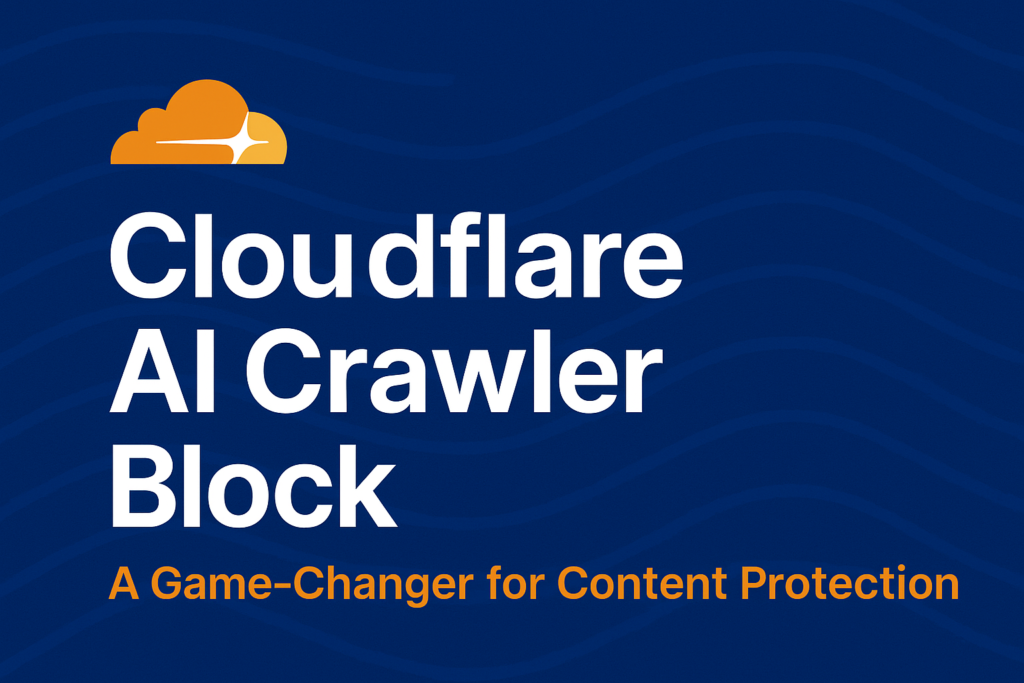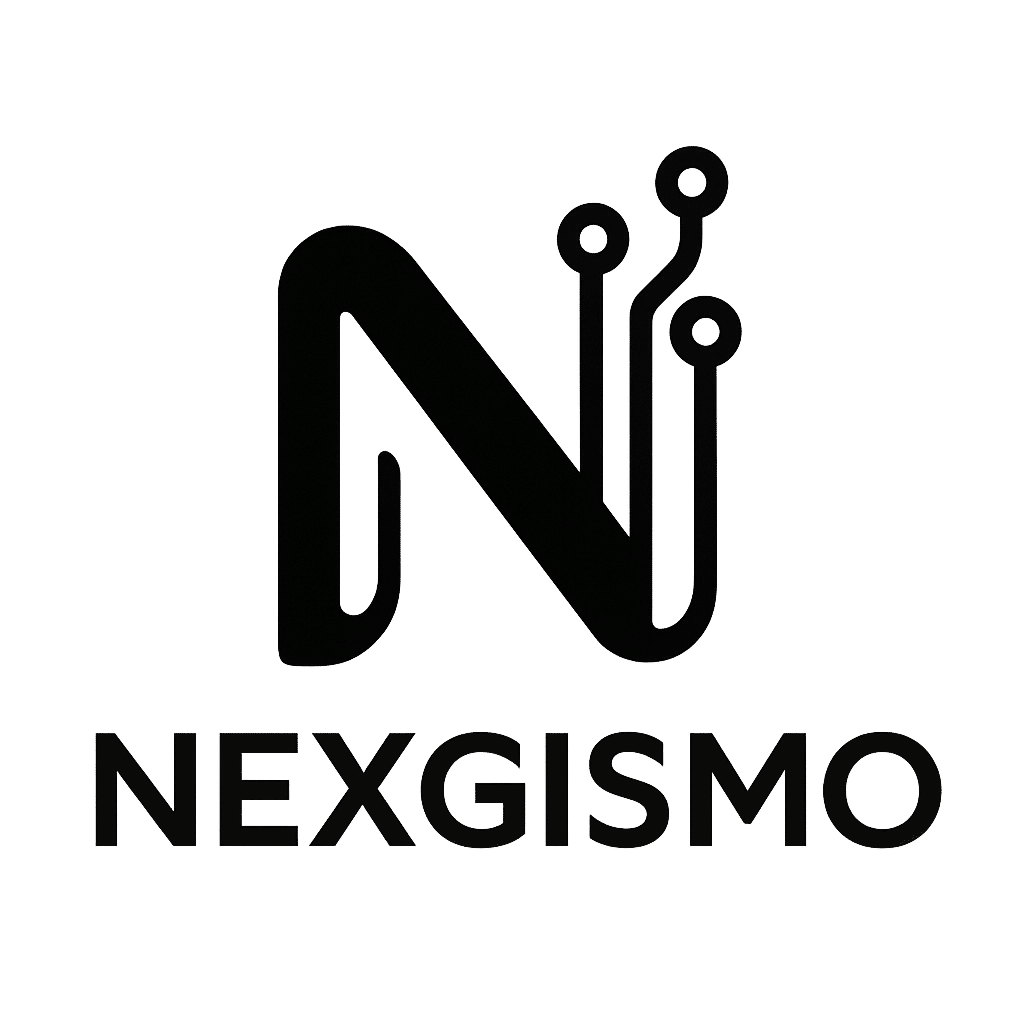
Cloudflare AI Crawler Block: A Game-Changer for Content Protection
Cloudflare has rolled out a powerful Cloudflare AI crawler block feature that automatically stops AI bots from scraping your website content. With this default protection and a new “Pay Per Crawl” model, Cloudflare is reshaping how content is accessed and monetized in the AI era.
🌐 The Internet Wasn’t Built for AI Scrapers
If you’ve ever published something online—be it a blog post, a tutorial, or documentation—chances are, an AI model has already used it to “learn.” But you probably didn’t grant explicit permission.
That’s where the Cloudflare AI crawler block comes in—empowering you to control who can access your work and how it’s used.
AI companies like OpenAI, Google, Meta, and others have been sending bots to scrape vast amounts of data without compensating content creators. This isn’t how the web was meant to work.
🛡️ What Is the Cloudflare AI Crawler Block?
As of July 1, 2025, Cloudflare now blocks known AI crawlers by default for all new websites hosted on its infrastructure. The Cloudflare AI crawler block includes bots from:
- OpenAI (GPTBot)
- Google’s AI User-Agents
- Anthropic
- Meta (Facebook AI)
- Perplexity
- Other known LLM data harvesters
Existing users can enable this feature in the dashboard with just a click.
This default protection ensures that AI bots can’t silently extract your content unless you explicitly allow it.
Why the Cloudflare AI Crawler Block Is a Big Deal
This isn’t just a technical safeguard—it’s a digital rights movement. Here’s why it matters:
- Protects intellectual labor
From independent bloggers to investigative journalists, creators are often left uncompensated when their work is used to train AI models. The Cloudflare AI crawler block helps prevent this. - Reduces resource abuse
One publisher reported over 13 million hits from AI bots in a month—compared to just 600 real human visits. That kind of traffic can strain servers and skew analytics. - Gives back control
You decide whether AI crawlers should access your site, not the AI companies.
Meet “Pay Per Crawl”: Monetizing AI Access
Cloudflare is also piloting a new model called Pay Per Crawl, which allows website owners to charge AI companies for crawler access.
Here’s how it works:
- AI firms must register and identify their crawler.
- Website owners can set rules or pricing.
- If access is denied or unpaid, crawlers are blocked—simple.
Major publishers like The Atlantic, AP, BuzzFeed, Condé Nast, and Ars Technica are already part of the beta. The Cloudflare AI crawler block lays the groundwork for this permission-based model to succeed.
How Cloudflare Detects AI Bots
AI scrapers are becoming more sophisticated—sometimes pretending to be regular browsers. Cloudflare uses a multi-layered defense system to enforce its AI crawler block:
- Machine learning-powered detection
- Bot fingerprinting based on behavior
- AI Labyrinth, a trap system using invisible honeypot links to identify rogue scrapers
These mechanisms ensure even stealthy AI bots get caught in the act.
What You Should Do
If you’re running a site and care about how your content is used:
- Log in to Cloudflare and enable the AI Crawler Block (if it’s not already active).
- Consider signing up for Pay Per Crawl if you run a media or content-heavy site.
- Stay updated on web scraping trends and AI data rights.
The Ethical Shift We Needed
This isn’t just about web security—it’s about digital fairness.
The Cloudflare AI crawler block doesn’t stop AI innovation. It simply introduces boundaries and consent—things that have been sorely missing from the AI training ecosystem.
This move tells AI companies: if you want our data, ask—and maybe pay—for it.
Final Thoughts
The web is at a crossroads. Either we allow it to be strip-mined by bots without consequence, or we assert control.
Thanks to the Cloudflare AI crawler block, creators now have a powerful ally. And perhaps, for the first time in a while, the internet feels a little more human again.
You May Also Like:
- PHP Streams Evolution: Upgrade That Makes Your Code 10X Faster
- Stop Building Broken Search: Use AI Embeddings with PHP to Unlock Semantic Power (10x User Experience)
- New in Symfony 7.4: Caching HTTP Client That Supercharges Your App’s Performance
- Fixing Drupal 502 Bad Gateway : The Hidden Cacheability Header Trap
- What is CDN? The Secret Behind Faster, Safer Websites
Wired Analysis
How Cloudflare’s new tools trap AI bots
